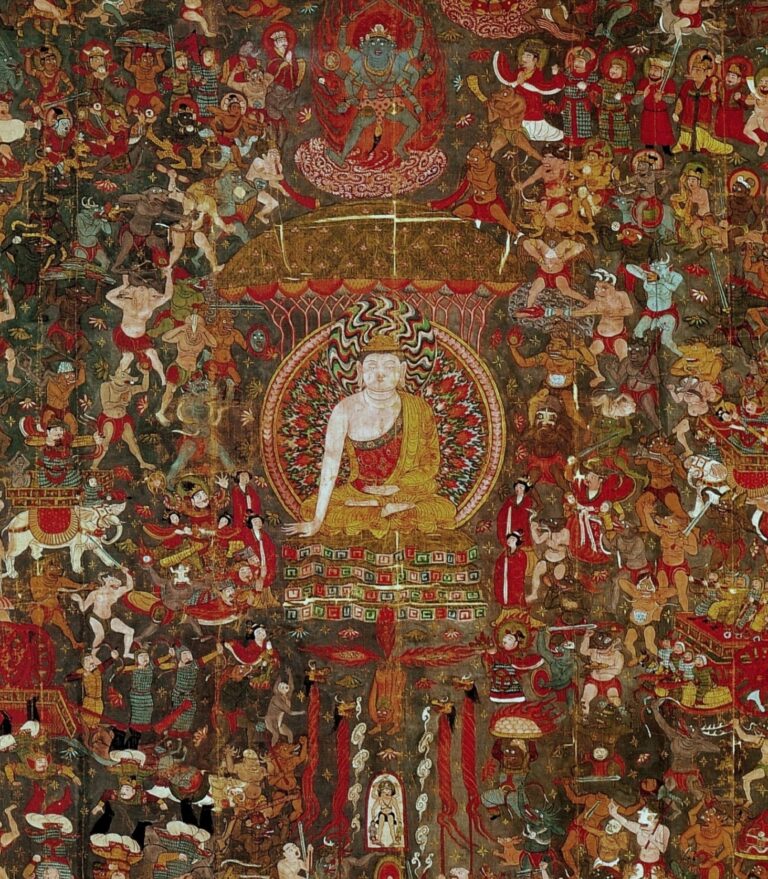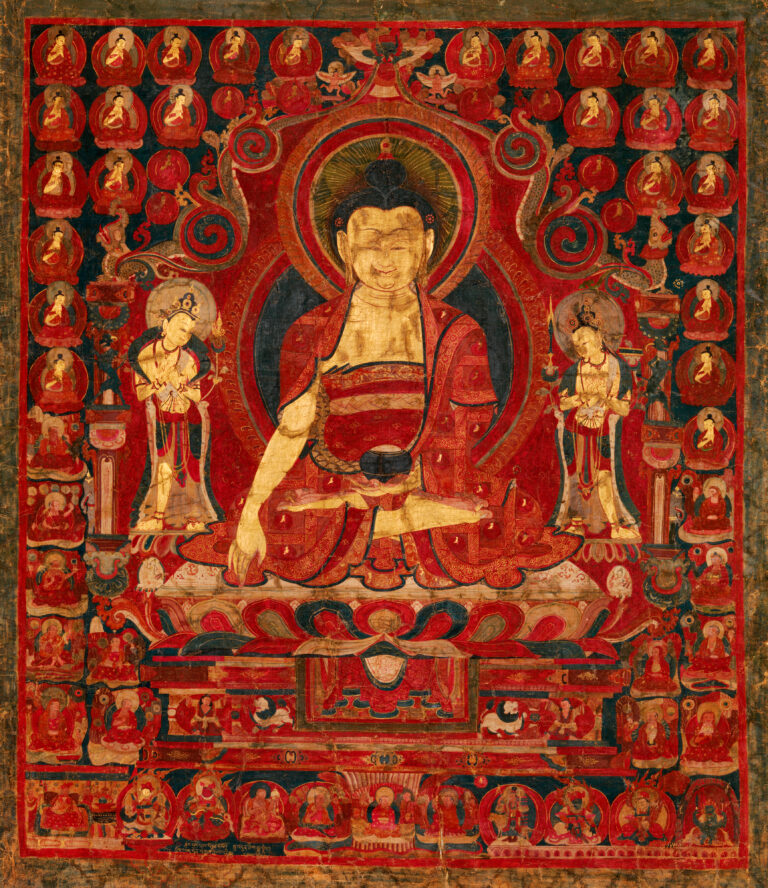In most spiritual traditions, there exist sacred objects. These objects are material items that are seen to hold spiritual power. There are advanced technologies – especially in tantra – for how to create these objects so that they are infused with energies, and functions as batteries for their surroundings, both generating and radiating power, similar to how a stick of incense infuses a whole room. In Sanskrit, this process is referred to as prana-pratishta, which can be translated as “establishing life”. The Tibetans refer to it as “jin-lab” or “blessing-waves”. In both traditions, this is not merely a psychological phenomena, but a very real, physical vibration, tied to place, pattern and position.
This technology, however, can be employed at different levels. One does not need to know complex tantric ritual, Sanskrit or the Vedas in order to use the technology of prana-pratishta, in one’s own life. If we want to live well, we should in fact understand this process, and employ it to the best of our ability. By simple methods, strong results might be achieved.
How does an object go from being pure matter to becoming a spiritual, sacred object? It does so by the intention and the relationship with which we engage with it. When Vedic priests and tantric masters perform these rituals of charging, they do so through intense, intentional focus, and a very specific, prescribed way of relating to the objects in question. This, over time, allows the object to absorb the energy whereby it’s treated, as most material substances have what we can refer to as memory. It also changes our perception of, and therefore relationship to, the object in question, which creates an energetic loop between the material item and in question and the human mind perceiving it. This is one of the reason why, if we go into a Hindu temple, a Buddhist shrine or a Christian church, there are prescribed ways of engaging with the items therein. If we do not follow the “pattern” of prescribed action – such as always walking clockwise – the direction of invocation or increasing – in a Buddhist or Hindu temple, we might energetically contaminate the prana, or energetic intelligence, of the place. Likewise, when we enter a church, we are supposed to kneel or bow, and not to approach the barriers separating the altar from the rest of the building. All of these regulations have an important spiritual reason behind them, and if we do not follow them, we don’t only risk contaminating the energy of the building or object, but we also miss out on allowing that energy to move and infuse us, as is its purpose.
Now – as stated earlier – there are advanced and simple ways to employ this technology. Let us take an everyday example, approachable for all of us. Certain professions use uniforms, such as soldiers, nurses and firemen. Although these uniforms serve a practical purpose, they also functions as identity-shaping objects. When a uniform is donned, the person wearing it shifts his or her sense of self. They are no longer their past, but a certain function. Wearing a certain set of clothes for a certain kind of activity will over time infuse those clothes with the energy, or vibration, of the activity in question. It is therefore highly advisable to acquire a specific set of clothing used exclusively for sadhana, ritual, or any spiritual practice. Your relationship to these vestments will over time create the energetic feedback-loop described initially, and the clothes will alter you in return.
The use of a mala is a prime example of this. A mala is a prayer necklace consisting of 108 beads strung together. The mala is both a ritual tool, but also an object used in daily practice. Over time, the mala absorbs the power of the intention and the energy it is exposed to, and as such goes from being simple wood or stone, and becomes alive. In this manner, traditional spiritual practitioners employ a wide range of ritual objects. This is not based on superstition, but a precise understanding of the interplay of the human psyche and its material surroundings, demonstrating the interconnectedness of the inner and outer world. These objects places you in a certain identity, they communicate your position, intention and function both in and out. When we put on our robes, of ritual clothes, place our malas in our laps, or grab our bells and vajras, we let go of the roles played and tasks done in our everyday life, and step into a timeless and pure identity as practitioners.
Prana-pratishta can and should be done in your house, or living space, as well. One of the most circulated tips for sleeping well is to not watch movies or work from the bedroom. The reason for this is the pranic feedback loop already elucidated. If only sleep – and sweet sweet loving- is being done in the bedroom, the mind naturally associates that space with rest and calm. Similarly, one should have a set space for work – productive activity – and one set aside for reflection. This allows for a material space to become a charged area – a battery wherein you can draw upon different energies at different times, according to your needs.





